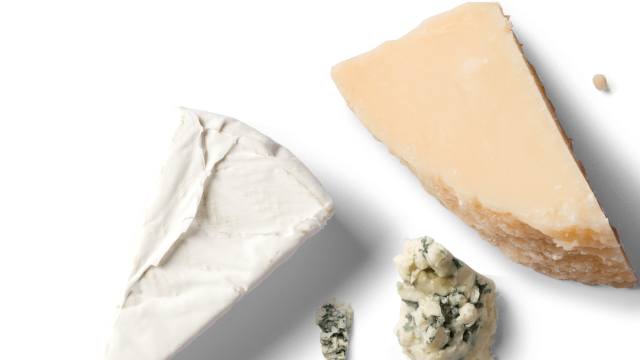
Semi-hard, white cheese, which comes from Bellelay Abbey, located in the Swiss region. The unique flavour of the cheese with a unique presentation style. To serve and to cut it a special function tool is used. Then thin, twisted strips are melting in mouth. Tête de Moine cheese is aged more than 4 months in special from spruce boards produced boxes.
The PDO, PGI and TSG certificates have been established by the European Union to encourage the production of agricultural products, protect product names from imitation and provide the consumer with information about the unique characteristics of a particular product. By virtue of this classification, you can be sure that a product bearing one of these authenticity marks is of a high quality and of the same origin.
Includes agricultural products produced, processed and prepared in a given geographical area using recognized knowledge.

"Tête de Moine" as a proper term has been used since about 1790, but the cheese has a much longer history. The monastery of Bellelay was established in 1136 and confirmed by Pope Innozenz II six years later. As early as 1192, or one century before the beginnings of the Swiss Confederation, the monks of the monastery Bellelay were first mentioned in connection with cheese. At that time they paid the annual rent on various properties with cheese made in their abbey. During the French Revolution the monks were evicted from the monastery in 1797, but the cheese was still produced in the Royal cheese dairies of the former abbey. By the mid-19th century a farmer from Bellelay, A. Hofstetter, succeeded in boosting production anew when his cheese received awards at the "Concours Universel" of Paris in 1856 and at other trade fairs. Towards the end of the 19th century several village cheese dairies were established. About 10 tons of Tête de Moine AOP were exported to as far away countries as Russia. At the beginning of the 20th century the making of the cheese gradually shifted from the farms to the village dairies, and by 1950 the annual production had increased to 27,000 kg.

Perfect in your cheese plate, could be used in desserts, as a decoration in your food plates and for cake glaze. The spectacular ritual of this cheese will attract attention of all guests during your celebrity or party.
DrinksChilled dry white wine.